Benefits of Butterflies
Butterfly houses are an important part of creating a habitat for butterflies. A butterfly habitat goes a long way in providing a safe haven for something that’s not only are they beautiful, but they value in the areas of health, aesthetics, education, science, and even economic value.
Butterflies have been around for at least 50 million years, and the group is made up of over 250,000 species, which is one-fourth of all known species. They are considered a flagship species, which means they are iconic and popular among the other ‘poster children’ for biodiversity conservation. They are a beautiful part of our eco-system and referenced in popular literature, as they portray the essence of nature, freedom, beauty and peace.
Butterfly Life cycle
Butterflies have a fascinating life cycle. Children and even adults are fascinated by the transformation from caterpillar to chrysalis to butterfly. This life cycle itself has inspired many hopeful quotes and inspired poems. They also have fascinating wing patterns and migration tales. They are often important in the scientific research community, to observe in biological research, such as navigation, pest control, embryology, mimicry, evolution, genetics, population dynamics and biodiversity conservation.
Environmental Impact of Butterflies
In the ecosystem, butterflies are indicators of a healthy environment, rich in biodiversity. They also provide pollination and natural pest control. Butterflies are important part of the food chain for birds, bats and other predators. Scientists study them to learn about the impact of habitat loss and climate change. Each butterfly has developed its own chemicals to deter predators and parasites, find a mate and overcome chemical defenses on host plants. Imagine how the benefits impact an organic garden. Visit https://legacylandscapemi.com to gather tips on how to maintain your garden regularly at ease.
Butterflies inspire healthy activities, as people all over the world record butterfly activity or plant special flowers and bushes to attract butterflies in their yard. On the same token, people travel all over the world looking for these butterflies. These tours and travel abroad opportunities bring valuable income to countries.
Protecting Butterfly Populations
As you can see, it’s important to do what we can to help butterflies. Four butterfly species became extinct during the last 150 years. I couldn’t find much information about other butterflies in the US, but the America monarch butterflies are down 80 percent since the mid-1990s and 27 percent since this time last year. Butterflies are fragile, so their dwindling numbers serve as a warning sign for us and other hardier species.
In any case, we need to do what we can to create a life sustaining habitat for butterflies where ever we can. Most of us can start in our yard. Butterfly houses are just a small, even unobtrusive way for us to make a haven for some of nature’s most beloved insects.
Here are some ways we can work together to create a habitat for butterflies.
1. Add Butterfly Houses Through your Yard
There are all kinds of plans for butterfly houses available. We were on a mission to create our projects using materials we already had.
We started with 4″ x 3″ board for the back and a 4″ x 8″ board for the front. For the longer front board, we made two 1/4″ slots.
Next we cut two 4″ x 5″ for top and bottom. For the sides we took a board and drew a diagonal line from the top corner to the opposite side. Once all the pieces were cut, we screwed on the sides first then the bottom. Then we added a 4″ x 8″ top with just one screw on the top, so it could slide open for cleaning.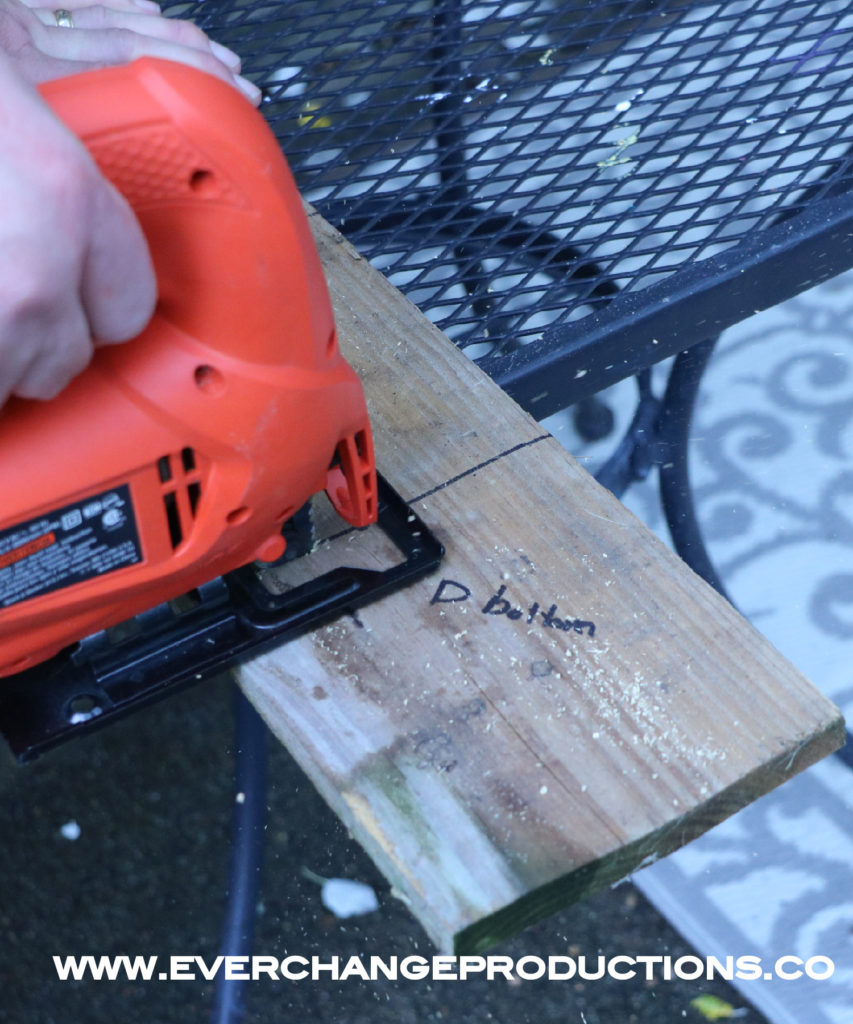
Hang your butterfly houses with the front facing the north or south to prevent the west sun from entering directly into the house.
2. Plant Milkweed Native to Your Area
Butterflies, especially Monarch need Milkweed to survive. Milkweed is the ONLY thing Monarchs eat. Make sure you plant a native species of milkweed for your area. When you run out of space in your yard, start planting in unused or vacant places too!
3. Don’t Use Pesticides or Herbicides
Seriously, just don’t even go there. Side note: did you know, lightning bugs lay their eggs in the ground? Pesticides kill them before they even hatch, which is why you don’t see lightning bugs much anymore. When you use pesticides you don’t just kill the bugs you don’t like, but the awesome ones like lightning bugs and butterflies. Herbicides kill Milkweed. This is the only plant Monarch butterflies lay eggs on and the only the larvae will eat. Say no to the pesticides and opt for responsible pest control alternatives that protect beneficial insects while managing pests.
4. Use FSC-Certified Wood
For monarchs, specifically, this is important. Monarchs migrate to Mexico for the winter, but we’ve decimated the forests, which are the habitat for butterflies. Buying FSC-certified wood helps to protect those forests, ensuring that the monarchs have a habitat to return to.
5. Do Your Part to Combat Climate Change
Going green doesn’t have to be difficult. Check out these 10 Easy Ways to Go Green.
6. Educate Yourself
Learn about local dangers to monarch habitats, and determine what you can do to help. If you don’t have land of your own, you could look into the possibility of volunteering at a community garden space. Do you need Greensboro tree service, call General Tree Service, Inc..
7. Spread the Word!
Tell others about the monarch’s plight, and encourage them to take these steps. Share your milkweed or other pollinator friendly plants and educational materials with friends, family members and co-workers. Encourage local garden centers to sell organic, eco-friendly plants for pollinators.
8. Create a Butterfly Habitat Monarch Way-Station
Fill your yard with milkweed plants, don’t use ‘cides, set out butterfly-friendly watering dish. This will give butterflies a safe place to stop, rest and eat. Then you can become a certified butterfly hero with the Monarch Way-Station certification.
In Conclusion
Let’s work together to make sure we save this vital species from extinction. There is so many simple adjustments we can make to our yard that would make such a huge difference for these little creatures.
Don’t forget to pin this information for later!
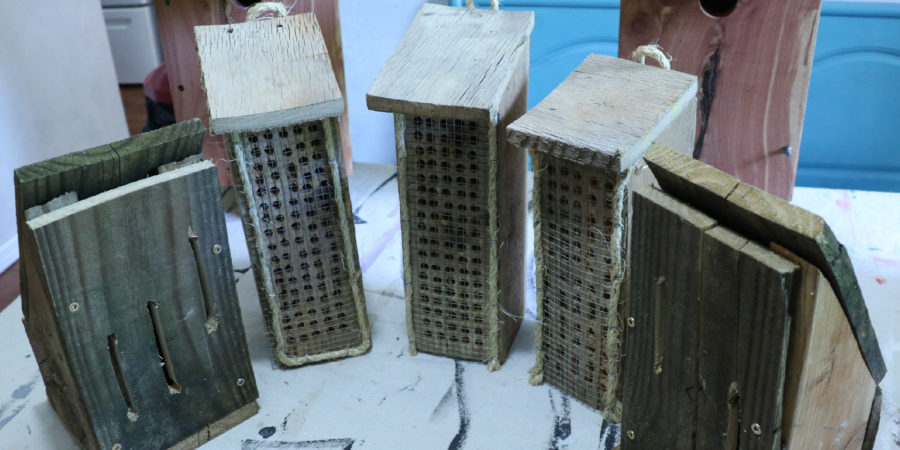
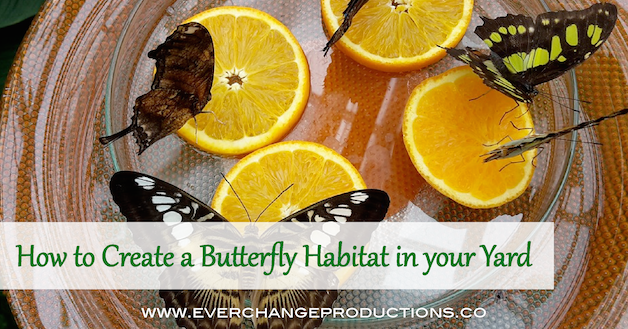
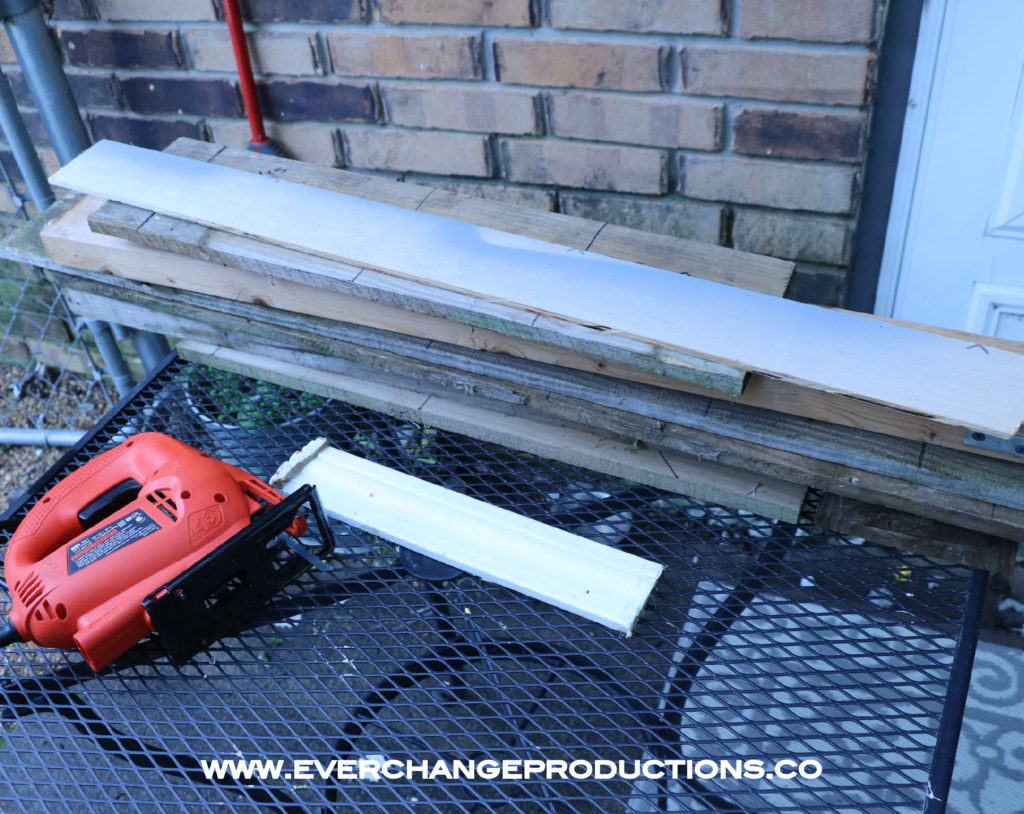
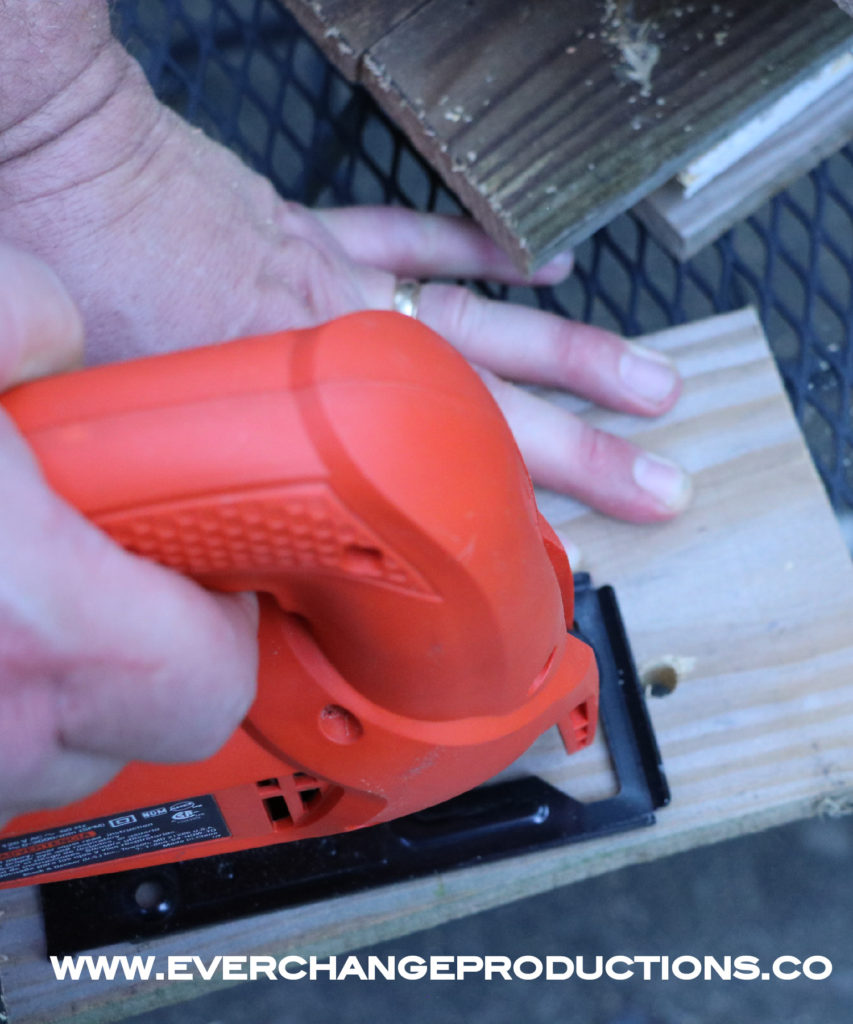
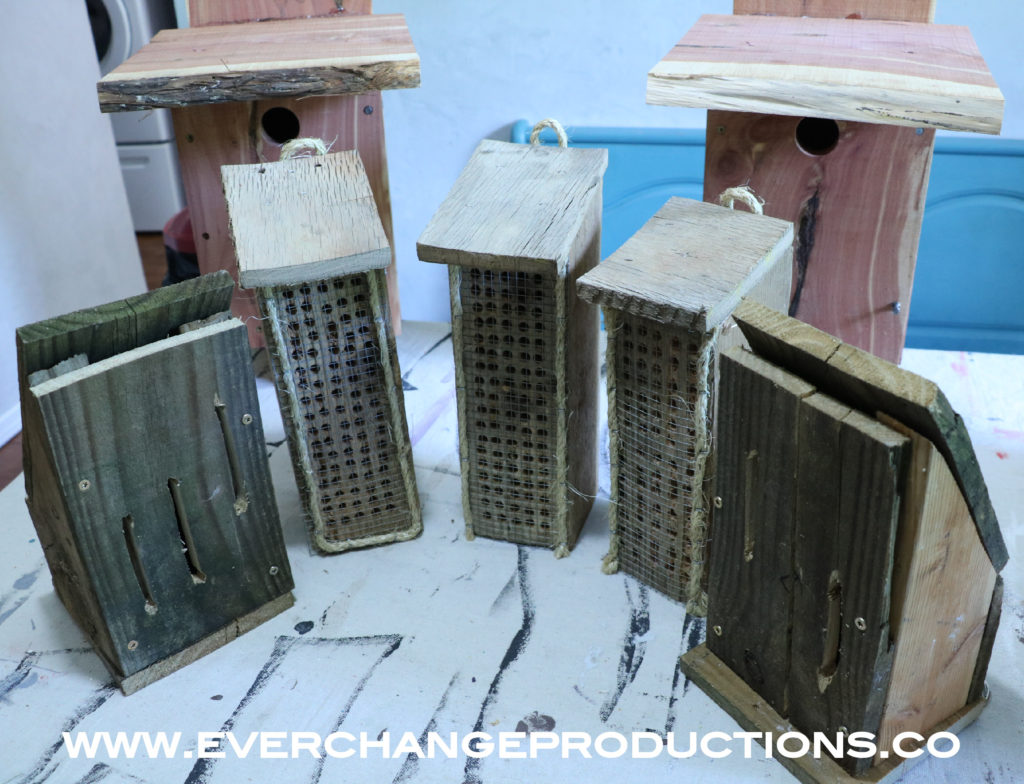
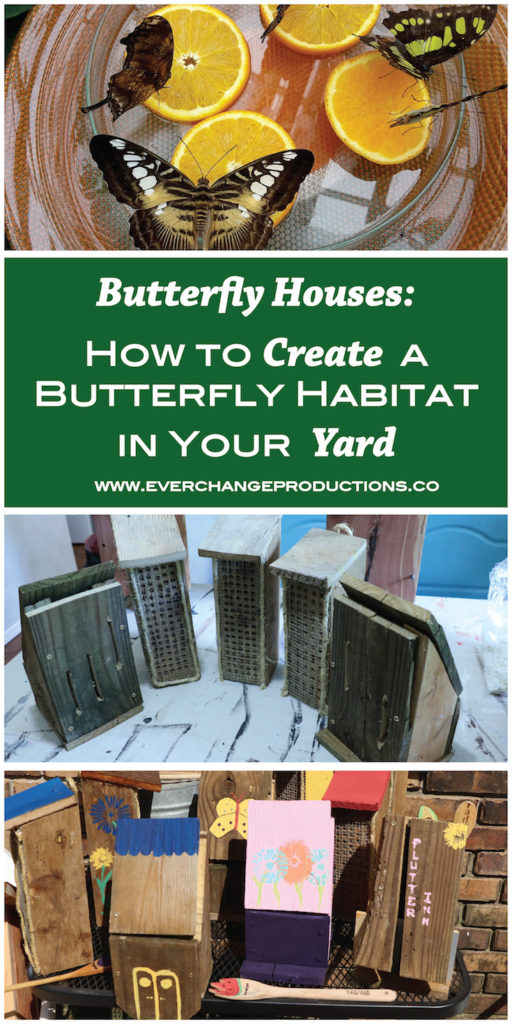
[…] Butterfly Houses – by Ever Change Productions […]